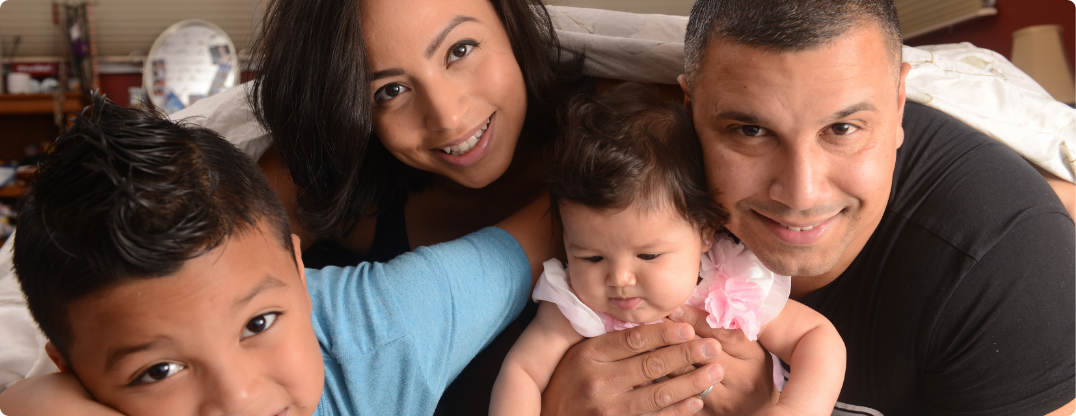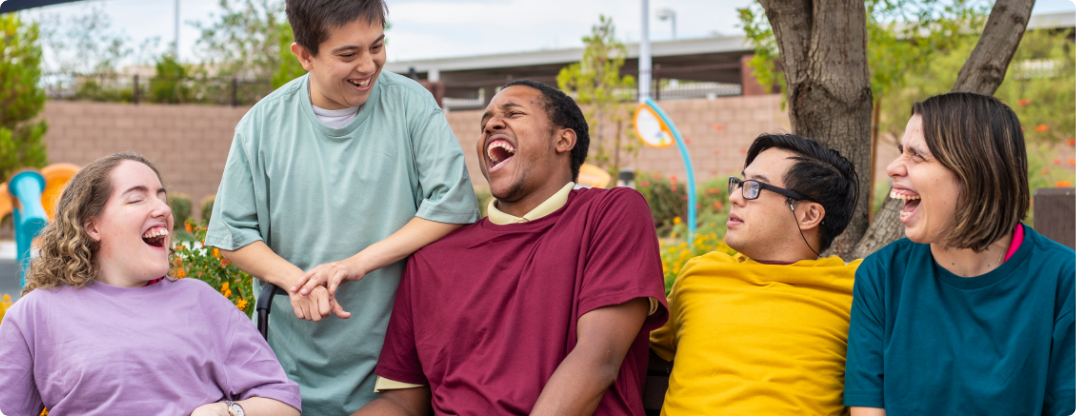Spectrum
The leading source of news and expert opinion on autism research.
OUR MISSION:
Spectrum is the go-to destination for the latest news and analysis about autism research and a springboard for scientists and clinicians to forge collaborations that deepen our understanding of autism.
We sift through the steady stream of autism papers and highlight the most noteworthy. Our deeply reported news articles explain the context and impact of each finding. We also turn to experts in the field for their opinions on trends or controversies in autism research.
Spectrum began in 2008 as the News & Opinion section of SFARI.org. In the summer of 2015, we spun off to create an independent online identity. As we evolved over the years, we experimented with various types of articles and added dozens of voices — but one thing that has never wavered is our commitment to provide accurate and objective coverage of autism research. We invite you to add your voice to that important conversation.
Autism 101
In this ‘intro’ section of Spectrum, we answer fundamental questions about autism, from theories about its origins and biological underpinnings to how it is diagnosed, treated and experienced in daily life.
MOST-READ ARTICLES
The link between maternal infection and autism, explained
BY CHARLES Q. CHOI / 13 DECEMBER 2022
Having an infection during pregnancy is tied to a small increase in the chances of having an autistic child, but the connection may not be causal.Autism prevalence in the United States, explained
BY JESSICA WRIGHT / 3 SEPTEMBER 2020
The bulk of the increase in autism prevalence stems from a growing awareness of the condition and changes to the diagnostic criteria.
Sleep problems in autism, explained
BY HANNAH FURFARO / 6 FEBRUARY 2020
Many people with autism have difficulty falling and staying asleep, but there may be ways to help them.
Double empathy, explained
BY RACHEL ZAMZOW / 22 JULY 2021
The double empathy theory challenges the idea that social difficulties are specific to autism and suggests that problems arise from a mismatch in perspective between autistic and non-autistic people.
AUTISM THEORIES AND RESEARCH
The extreme male brain, explained
BY HANNAH FURFARO / 1 MAY 2019
The ‘extreme male brain’ theory suggests that autism is an exaggeration of systematic sex differences in ways of thinking.
The female protective effect, explained
BY HANNAH FURFARO / 1 MAY 2019
One of the leading theories of autism posits that girls and women are biologically protected from the condition.
The signaling imbalance theory of autism, explained
BY SARAH DEWEERDT / 1 MAY 2019
The signaling imbalance theory holds that the brains of autistic people are hyper-excitable because of either excess neuronal activity or weak brakes on that activity.
The predictive coding theory of autism, explained
BY GEORGE MUSSER / 1 MAY 2019
In autism, a person’s brain may not form accurate predictions of imminent experiences, or even if it does, sensory input may override those predictions.
The connectivity theory of autism, explained
BY RACHEL ZAMZOW / 1 MAY 2019
A growing body of evidence suggests that autism involves atypical communication between brain regions, but how and where in the brain this plays out is unclear.
Serotonin’s link to autism, explained
BY NICHOLETTE ZELIADT / 1 MAY 2019
Serotonin, the brain chemical best known for its link to depression, may also be involved in autism.
Preprints of autism research, explained
BY MICHAEL MARSHALL / 11 MARCH 2020
Over the past decade, biologists have increasingly been posting their research results on preprint servers, ahead of the results’ publication in traditional scientific journals.
Double empathy, explained
BY RACHEL ZAMZOW / 22 JULY 2021
The double empathy theory challenges the idea that social difficulties are specific to autism and suggests that problems arise from a mismatch in perspective between autistic and non-autistic people.
The multiple hits theory of autism, explained
BY JESSICA WRIGHT / 1 MAY 2019
Researchers are studying how a combination of genetic ‘hits’ may contribute to autism’s diversity.
Pathological demand avoidance in autism, explained
BY PETER HESS / 11 AUGUST 2022
Some clinicians say the term describes a subtype of autism, but others dispute its validity and say it is harmful to the autistic community.
Funding for autism research, explained
BY GIORGIA GUGLIELMI / 25 MAY 2020
Biomedical research costs money. And applying for research funding can be a long and complicated process.





